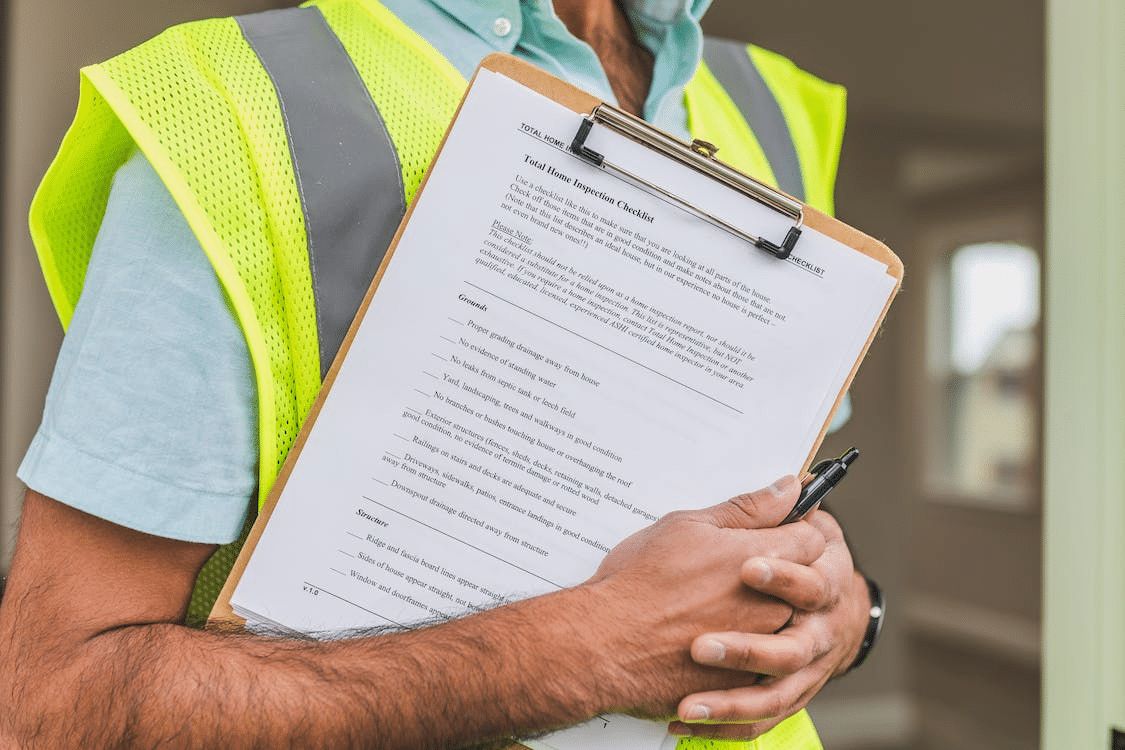Emerging technologies are revolutionizing confined space inspections, offering safer, more efficient, and cost-effective solutions. These technologies, including robotics, drones, and sophisticated imaging, are drastically reducing human exposure to potentially dangerous environments and enhancing our ability to detect and correct issues early. This significant transition is not only changing the face of the inspection industry but also paving the way for a safer and more advanced future in confined space management. In this article, we will explore how these emerging technologies are tackling confined space inspections and their impact on the industry.
Innovations In Inspection Tools
The advent of robotic crawlers and drone technology has revolutionized inspections in confined spaces. Robotic crawlers, equipped with high-definition cameras and sensors, navigate through tight spaces, capturing crisp images and collecting vital data while eliminating human risk. On the other hand, drones, with their ability to maneuver in all directions, provide aerial inspections that overcome limitations of human reach and visibility.
They offer real-time feed, and their high-resolution cameras capture detailed images and identify anomalies effectively. These range from an inspection crawler that can fit through a tiny opening to a remote-controlled drone equipped with sensors and thermal imaging, the inspection tools of today offer unprecedented capabilities. Just as confined spaces vary in size and complexity, so too do the inspection tools available to tackle them.
Remote Sensing Technologies
Advancements in remote sensing technologies have also made a significant contribution to confined space inspections. An array of remote sensors, including infrared, ultrasonic, and gas sensors, are now being used to detect and measure potential hazards such as gas leaks, temperature fluctuations, and structural weaknesses remotely.
These sensors can be attached to robotic crawlers or drones, enabling them to gather extensive data without risking human safety. Moreover, the data collected is more accurate and objective, as it eliminates human error. As remote sensing technologies continue to evolve, we can expect even more precise and comprehensive inspections, enhancing safety and efficiency in confined spaces.
Wearable Devices
The introduction of wearable devices is another significant technological advancement in confined space inspections. These gadgets, such as smart helmets and safety vests equipped with embedded sensors, are revolutionizing the way we approach safety. Workers wearing these devices can have their body vitals, including heart rate and body temperature, constantly monitored. Any abnormal readings can trigger alerts, allowing for immediate intervention.
Moreover, these wearables can also monitor environmental conditions like atmospheric pressure, temperature, and potential gas leaks in real time. When paired with Global Positioning System (GPS) technology, they can even provide precise location data, enhancing the ability to respond swiftly in case of an emergency. With the continuous evolution of wearable technology, the prospects for enhanced safety and efficiency in confined space inspections continue to grow.
Augmented Reality in Confined Space Inspection
Augmented Reality (AR) is a novel technology that overlays computer-generated information onto the real-world view, providing an enhanced perception of reality. In the field of confined space inspections, AR brings a paradigm shift in the way inspections are conducted. Through AR devices such as smart glasses or handheld tablets, inspectors can visualize danger zones, identify hazards, and access pertinent data, all without physically entering the confined space.
By superimposing digital information, such as sensor readings or inspection guides, onto their field of view, inspectors can make informed decisions and perform their tasks more safely and efficiently. Additionally, AR allows for remote collaboration.
An expert situated miles away can see what the on-site inspector sees in real-time, guide them, or even annotate their field of view with crucial information. This not only enhances the quality of inspections but also significantly reduces the risks associated with confined space entry. As AR technology continues to mature, it promises to bring even more groundbreaking changes to confined space inspections.
Internet of Things (IoT) in Confined Space Inspections
The Internet of Things (IoT) is a powerful technological advancement that links physical devices with the Internet, enabling them to gather and exchange data. In confined space inspections, IoT brings about a host of transformative benefits. Devices embedded with IoT sensors can continuously monitor confined spaces, collecting and transmitting data in real-time.
This data can be analyzed to detect potential hazards or structural deficiencies, thereby enabling preemptive measures and improved safety. Furthermore, IoT devices can communicate with each other, which enhances coordination during inspections, and can significantly reduce the time taken to detect and respond to any anomalies. As the IoT continues to evolve, it is set to redefine the standards of safety, efficiency, and accuracy in confined space inspections.
In conclusion, the emergence of robotics, drones, remote sensing technologies, wearable devices, augmented reality, and IoT is revolutionizing confined space inspections. These advancements offer safer and more efficient solutions while reducing human exposure to potential dangers. As technology continues to evolve, we can expect even more innovative solutions that will shape the future of confined space management for the better. Let us embrace these emerging technologies and pave the way towards a safer and more advanced future.
